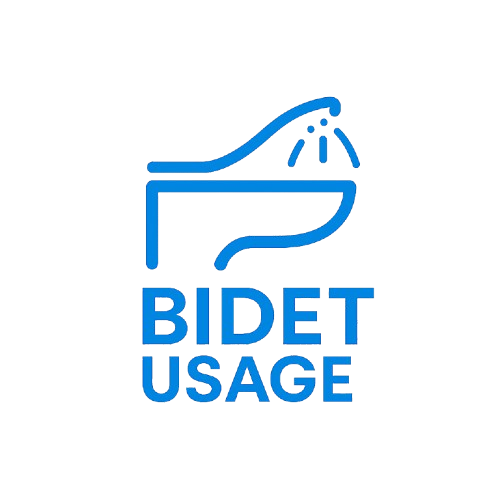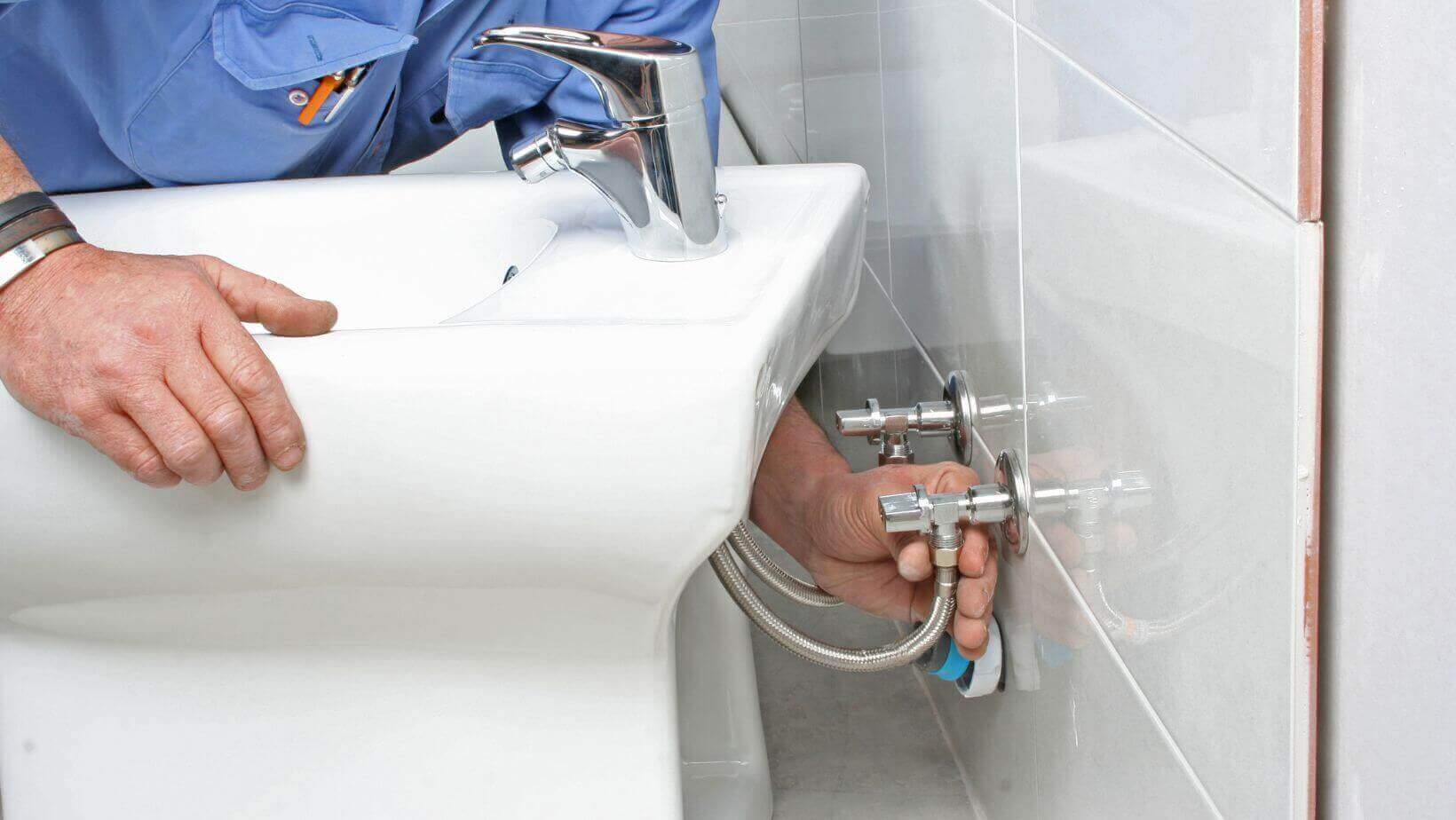In recent years, bidet attachments are also known as Washlet or Japanese toilets. The definition of the word ‘’bidet’’ has been changed. Traditionally, the bidet faucet and bowl that sits next to the toilet was the only definition and could be found in Europe.
Bidet seats and attachments are becoming more common. You will likely see more in the next few years in North America.
A traditional today is a low sink that sits next to the toilet bowl for cleaning private areas after using the toilet. You use a faucet attached to the bidet to clean yourself.
New bidet seats and attachments perform the same function but attach directly to your toilet.
This saves on the renovations required to install a tradition of the day in most North American bathrooms.
But, seats and attachments can be installed in less than 20 minutes without any permanent modifications.
No plumbing skills are required. Using a bidet attachment is simple. Once you finish your business on the toilet, you turn on the bidet spray, setting it to a pressure and temperature level that you are comfortable with.
Once you have finished cleaning, you can dab dry using a few sheets of toilet paper or a towel. Some bidet seats have a warm air dry function to reduce paper use and even heated toilet seats to improve your experience.
Bidet Installation Checklist
Space dimensions
According to the National Kitchen and Bath Association (NKBA), the minimum space between a wall and the centre-line of a toilet or bidet is 37.5 cm (15 inches). However, experts also recommend 45cm instead of 37.5 cm to give more space.
Some bidet installations need at least 52 cm of space in front of the front edge. In short, larger and more luxurious bathrooms need more space for installing a bidet.
Water Supply Valve type
The t-valve of the bidet toilet seat is used for establishing a connection between the existing water line and the bidet toilet seat.
Important Safeguards
- Don’t plug the device in until the trial operation
- Don’t drop the electrical plug into the toilet bowl
- Confirm that the electrical outlet has a ground
Benefits of Bidet seats
A range of benefits come with installing a bidet on your toilet.
1. Reduce toilet paper use by 75%
You will reduce toilet paper usage by 75%. It’s an environment-friendly product. The bidet uses only one-eighth of a gallon of water. On the other hand, it takes about 37 gallons of water to make a single roll of toilet paper.
2. Save money while helping the environment.
Putting money back in your pocket while helping the environment will save trees and use less water.
3. Consume less water than toilet paper manufacturing
A bidet uses less water than the manufacturing process for an equivalent amount of toilet paper.
4. More sanitary home and bathroom
Additionally, your bathroom and home will be more sanitary by keeping your hands out of the action. All you have to do is to dry off.
5. Feel many cleansers and more satisfied after using a bidet
However, most bidet owners find the most significant benefit is that they feel much cleaner and more satisfied.
What is needed to install a bidet
- A t-valve (this is what you hook up toilet and the bidet sprayer)
- A bidet holder (This can mount to the wall or hangs from your toilet tank)
- A flexible shower hose
Installation Steps
- Remove the blue plastic caps but leave the blue plastic covers on. On the barrel-shaped thing, you do want to remove the blue plastic lid.
- Then, inside, you will notice that there’s a rubber washer inside. This washer stops the water from leaking.
- You don’t need to use plumber’s tape anymore. Now, go ahead and grab your bidet sprayer handle and tighten it.
- Once you get that done, just set it to the side for now.
- Next, you will grab a towel and sit underneath your water line. Then, turn your water off.
- If you are unsure where your water line is, it’s usually behind your toilet near the floor.
- After that, flush your toilet until all the water is drained or as much water as you can.
- Next, you go to the underside of the toilet tank and unscrew the water line.
- Then, you have to grab the t-valve and take one of the rubber washers that came with it, and place it right on top of it.
- Screw it into a friendly and firm place with your hand.
- You may need to untighten the plastic. Wing the nut on the underside of your toilet tank to get this to sit in the correct position.
- Grab the original water hose that you just took off the underside of the toilet tank and hand tightens it.
- Grab the new hose and take off that last blue plastic cap. Make sure there’s a rubber washer inside, and you will go ahead and tighten that up to the last part of the t-valve.
- You want to hand tighten it. You should not need any tools for this project.
- The last thing you got to do is grab the bidet holder and hang it from the toilet tank. You can also mount this to the wall.
- Turn on the water and test out your new bidet.
- Now, if you want to adjust the flow of the water, turn the t-valve all the way facing up. Then, please put it on full power and all the way facing down.
- You can also adjust the spray simply by barely pressing the lever on the spray handle itself.
- The hose is exceptionally long, and it’s four feet long. So, it sticks out the back of the toilet.
You can follow this video to install bidet in your toilet without any problem. We use Luxe Bidet to make this plumbing guide video. You can order this bidet from amazon.com and it will cost you almost $40.

